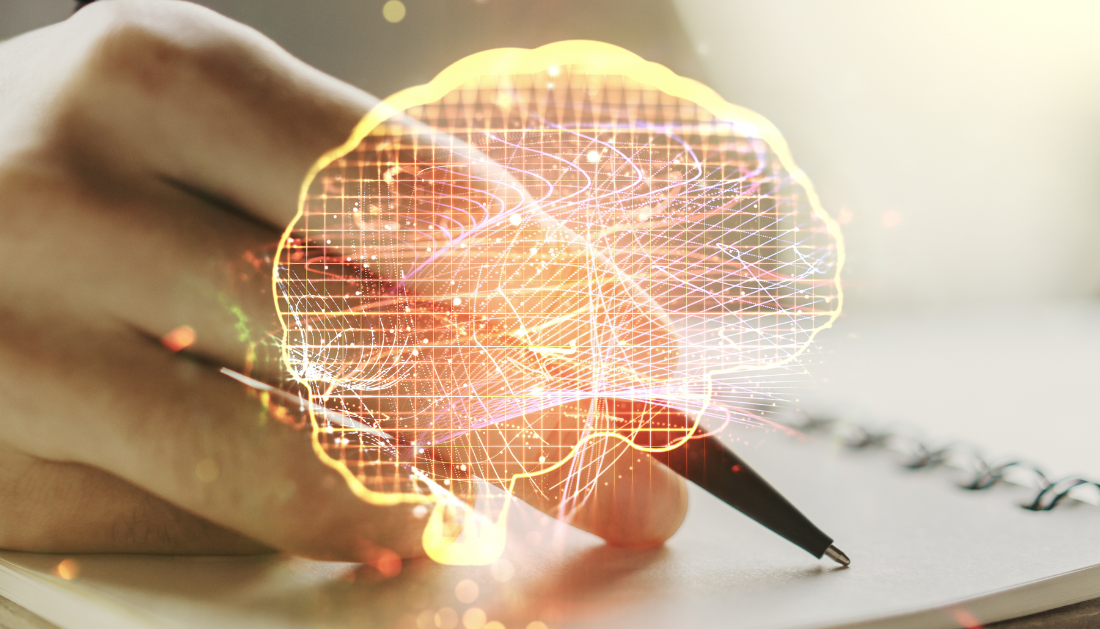

A Neuroscience Study reveals how the brain interprets the movement and location of various body parts through proprioception, often considered the ‘sixth sense.’ This sense allows us to move freely without constantly checking our limbs, highlighting the brain’s sophisticated processing of proprioceptive information.
Our muscles have a sophisticated network of sensors called proprioception, which communicates with our brains regarding the position and movement of our limbs. But little is understood about how the brain combines the many messages that it gets from the muscles.
Now, a new Neuroscience Study at EPFL headed by Alexander Mathis clarifies the issue by examining how our brains integrate information about our body’s position and movement. The study, which was published in Cell, was conducted by Alessandro Marin Vargas, Axel Bisi, and Alberto Chiappa, Ph.D. candidates, using experimental data from Northwestern University’s Chris Versteeg and Lee Miller.
Using musculoskeletal modeling, the researchers produced a set of ‘large-scale, naturalistic movement repertoire’ by generating muscle spindle signals in the upper limb. Thousands of ‘task-driven’ neural network models were then trained on sixteen computational tasks using this repertory, each of which reflected a theory about the computations performed by the proprioceptive pathway, which comprises regions of the brainstem and somatosensory cortex.
“It is widely believed that sensory systems should exploit the statistics of the world and this theory could explain many properties of the visual and auditory system. To generalize this theory to proprioception, we used musculoskeletal simulators to compute the statistics of the distributed sensors.”
Using musculoskeletal modeling, the researchers produced a set of “large-scale, naturalistic movement repertoire” by generating muscle spindle signals in the upper limb. Thousands of “task-driven” neural network models were then trained on sixteen computational tasks using this repertory, each of which reflected a theory about the computations performed by the proprioceptive pathway, which comprises regions of the brainstem and somatosensory cortex.
Using this method, the researchers were able to thoroughly examine how various neural network topologies and computational tasks impact the construction of ‘brain-like’ representations of proprioceptive data. The most successful neural network models were those that had been trained on tasks that predicted limb position and velocity. This suggests that our brains integrate the scattered muscle spindle information first to comprehend bodily movement and position.
The study emphasizes Neuroscience Study task-driven modeling’s promise in understanding sensory processing. Task-driven models, in contrast to conventional techniques, can provide insights into the fundamental computational principles of sensory processing instead of only directly forecasting neuronal activity.
A deeper comprehension of proprioceptive processing may result in breakthroughs in neuroprosthetics, allowing for more natural and intuitive control of mechanical limbs. This discovery also opens up new experimental possibilities in the field.
For More Information: Task-driven neural network models predict neural dynamics of proprioception, Cell, https://www.cell.com/cell/fulltext/S0092-8674(24)00239-3?_returnURL=https%3A%2F%2Flinkinghub.elsevier.com%2Fretrieve%2Fpii%2FS0092867424002393%3Fshowall%3Dtrue
more recommended stories
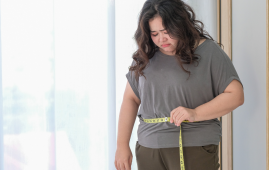 Brain Pulsations Linked to High BMI
Brain Pulsations Linked to High BMIAccording to a new study from.
 Brain Age Estimation: EEG Advancements in Neurology
Brain Age Estimation: EEG Advancements in NeurologyTo estimate brain age using EEG.
 Unlocking Ketogenic Diet for Epilepsy Management
Unlocking Ketogenic Diet for Epilepsy ManagementExploring the Therapeutic Potential of Ketogenic.
 Senescence in Neurons: Findings
Senescence in Neurons: FindingsBased on a new study by.
 Balanced Diet Linked to Enhanced Brain Health
Balanced Diet Linked to Enhanced Brain HealthDiet and brain health are strongly.
 Acid-Reducing Drugs Linked to Higher Migraine Risk
Acid-Reducing Drugs Linked to Higher Migraine RiskIndividuals who utilize acid-reducing drugs may.
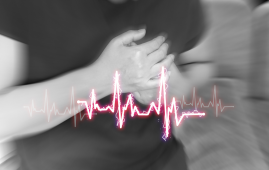 Atrial Fibrillation in Young Adults: Increased Heart Failure and Stroke Risk
Atrial Fibrillation in Young Adults: Increased Heart Failure and Stroke RiskIn a recent study published in.
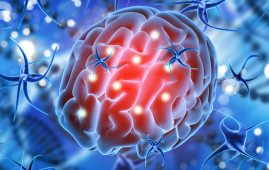 Neurodegeneration Linked to Fibrin in Brain Injury
Neurodegeneration Linked to Fibrin in Brain InjuryThe health results for the approximately.
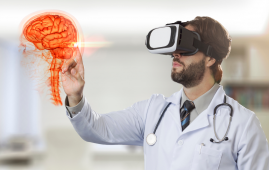 DELiVR: Advancing Brain Cell Mapping with AI and VR
DELiVR: Advancing Brain Cell Mapping with AI and VRDELiVR is a novel AI-based method.
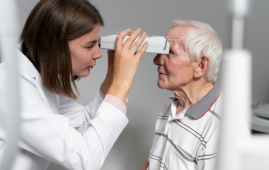 Retinal Neurodegeneration in Parkinson’s Disease
Retinal Neurodegeneration in Parkinson’s DiseaseBy measuring the thickness of the.

Leave a Comment